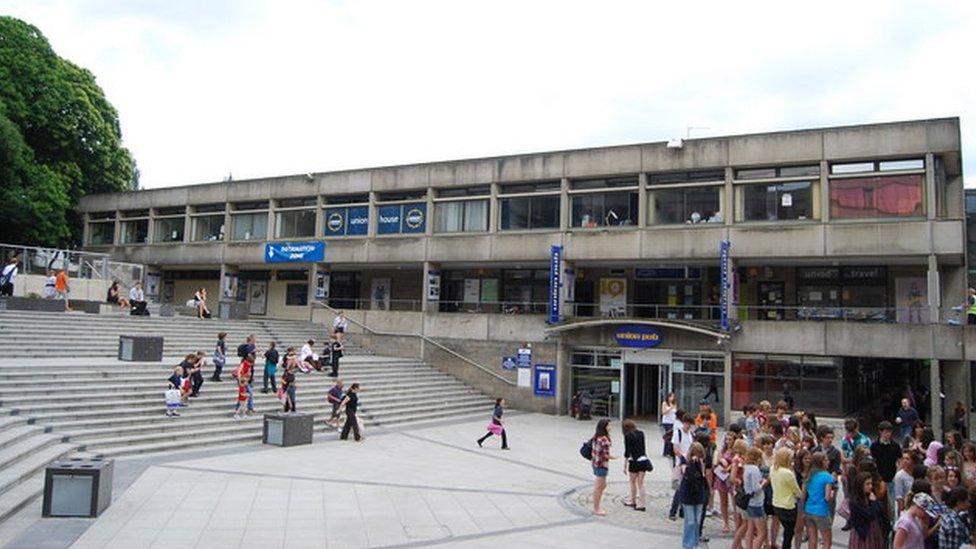Hunt for mystery snapper who took 1960s UEA shots
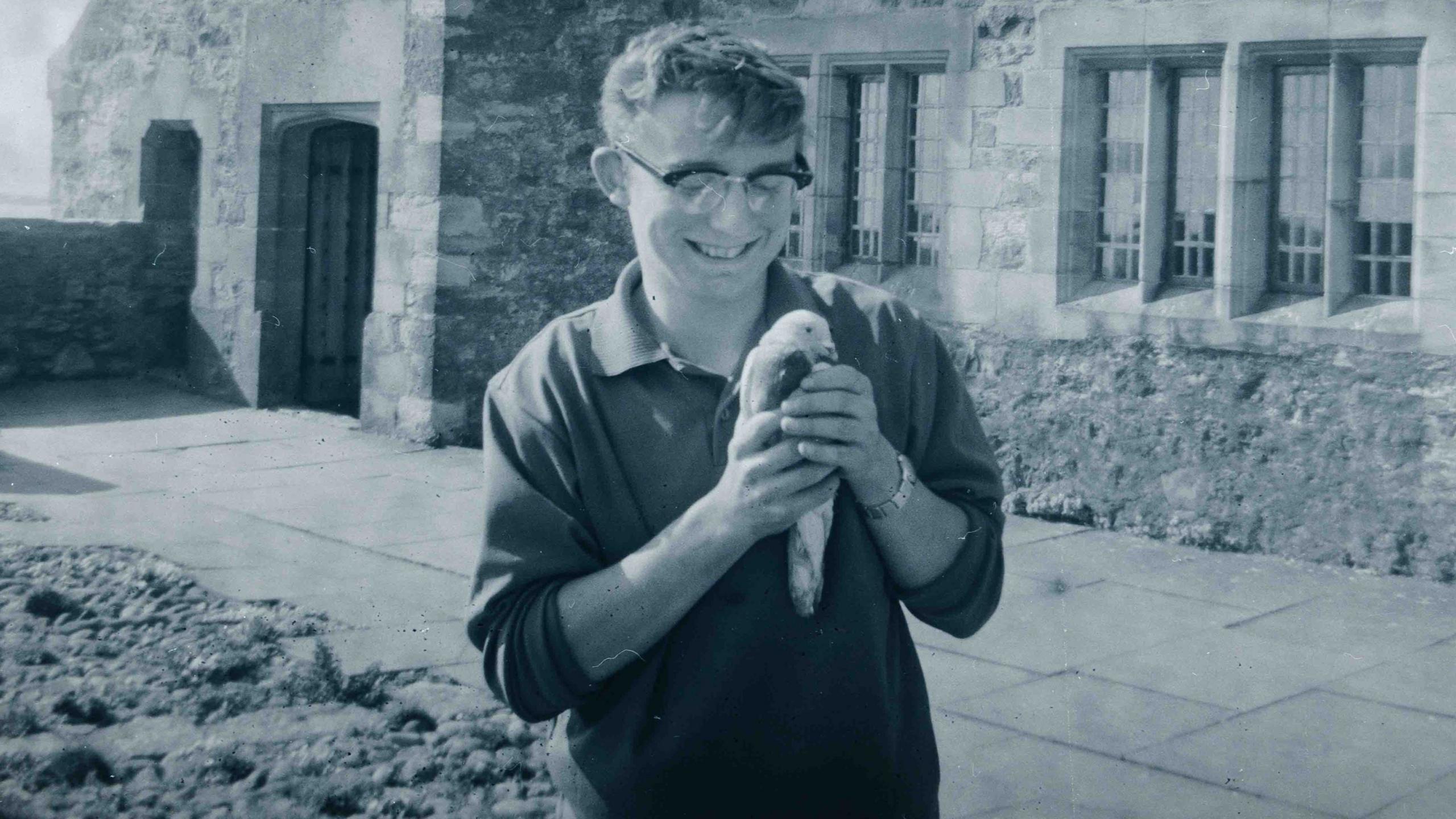
The UEA says it would be "thrilling" to trace the photographer and this image is the sole clue to their identity
- Published
A university is trying to solve the mystery behind pictures of its campus which were hidden on an undeveloped roll of film for nearly 60 years.
The images on a 1968-dated film show the University of East Anglia's (UEA) distinctive Grade II listed halls of residence, known as the Ziggurats.
The heavily damaged photos of the building on the Norwich campus only came to light when the films were bought by an amateur photographer at the Portobello Road Market in London earlier this year.
William Stileman, UEA's alumni engagement manager, told BBC Radio Norfolk how their discovery was a "romantic" tale from "when the university was just getting going".
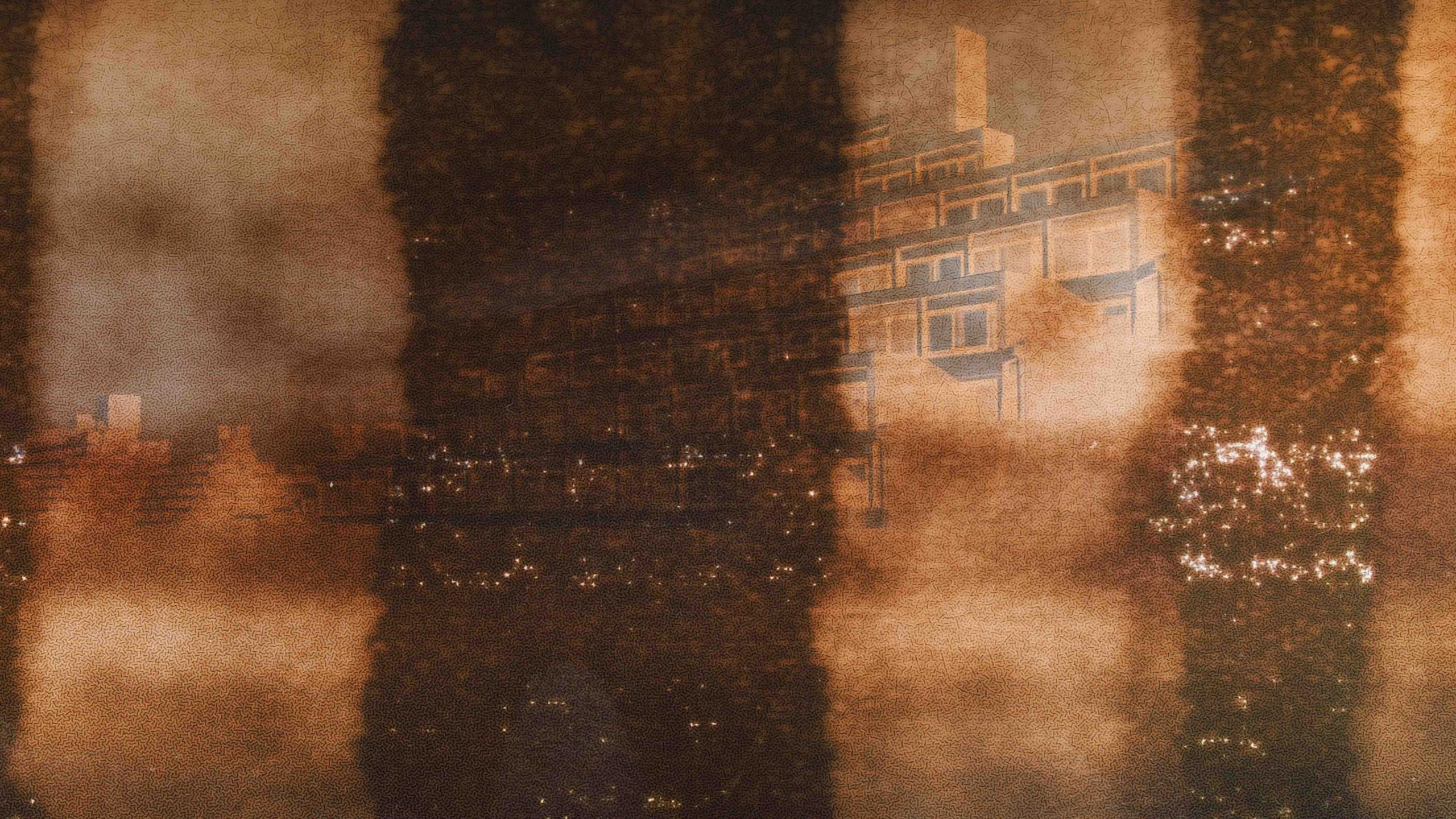
This ghostly image of the Ziggurats at the UEA was one of only two frames saved from the damaged film
The pictures were found by Attila Prester, 42, from London, who works as a solar energy engineer but is also a keen photographer.
He explained how, although he did use digital photography, he also shot on traditional film because it "forces us to slow down and respect each frame, so every image feels precious".
Some of the films Mr Prester uses in vintage cameras are hard to come by, so he headed to the Portobello Road Market to find some.
He bought 13 rolls, but was surprised to find two had already been used.
One was a black-and-white film from 1965, the other a colour one from 1968.
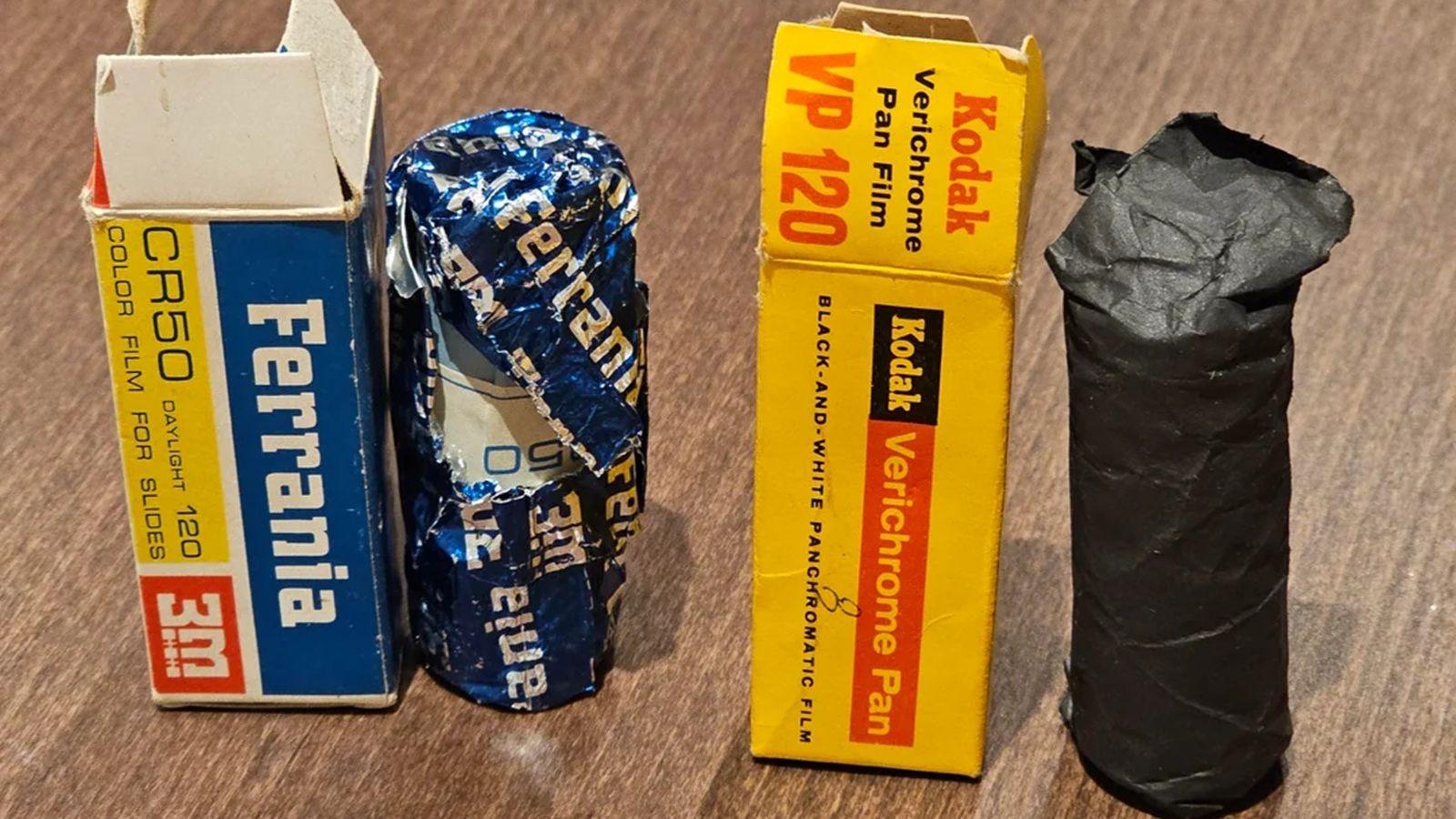
Attila Prester purchased the films for his own photography, but found two of them had already been used
The colour film was heavily damaged. Only two frames could be developed. They showed ghostly images of the pyramid-style Ziggurats.
"I wasn't even sure they were locations in the United Kingdom," said Mr Prester.
"But I posted the images [on an online forum] and a couple of people helped me to identify the Ziggurat building."
Mr Prester believed the colour and the black-and-white films were from the same photographer, although he admitted this was a "gut feeling".
But he said the conditions of the films and their boxes added to this theory.
The black-and-white film, which contained photos taken in the North East, offered a possible clue to the photographer's identity.
There was an image of a young man holding a dove.
'Frozen in time'
Mr Prester said they could be the photographer, or a family member or friend of his or hers in the 1960s.
He has put the images online, external in an attempt to see if anyone recognises the person, and he also contacted the UEA.
Mr Prester said he would like to identify and perhaps even meet the young man seen on the black-and-white film.
"I've seen him frozen in time, full of youth.
"Then, all-of-a-sudden he would be much older now, with a whole life of stories behind him, and to hear those stories in his own voice would be incredible."
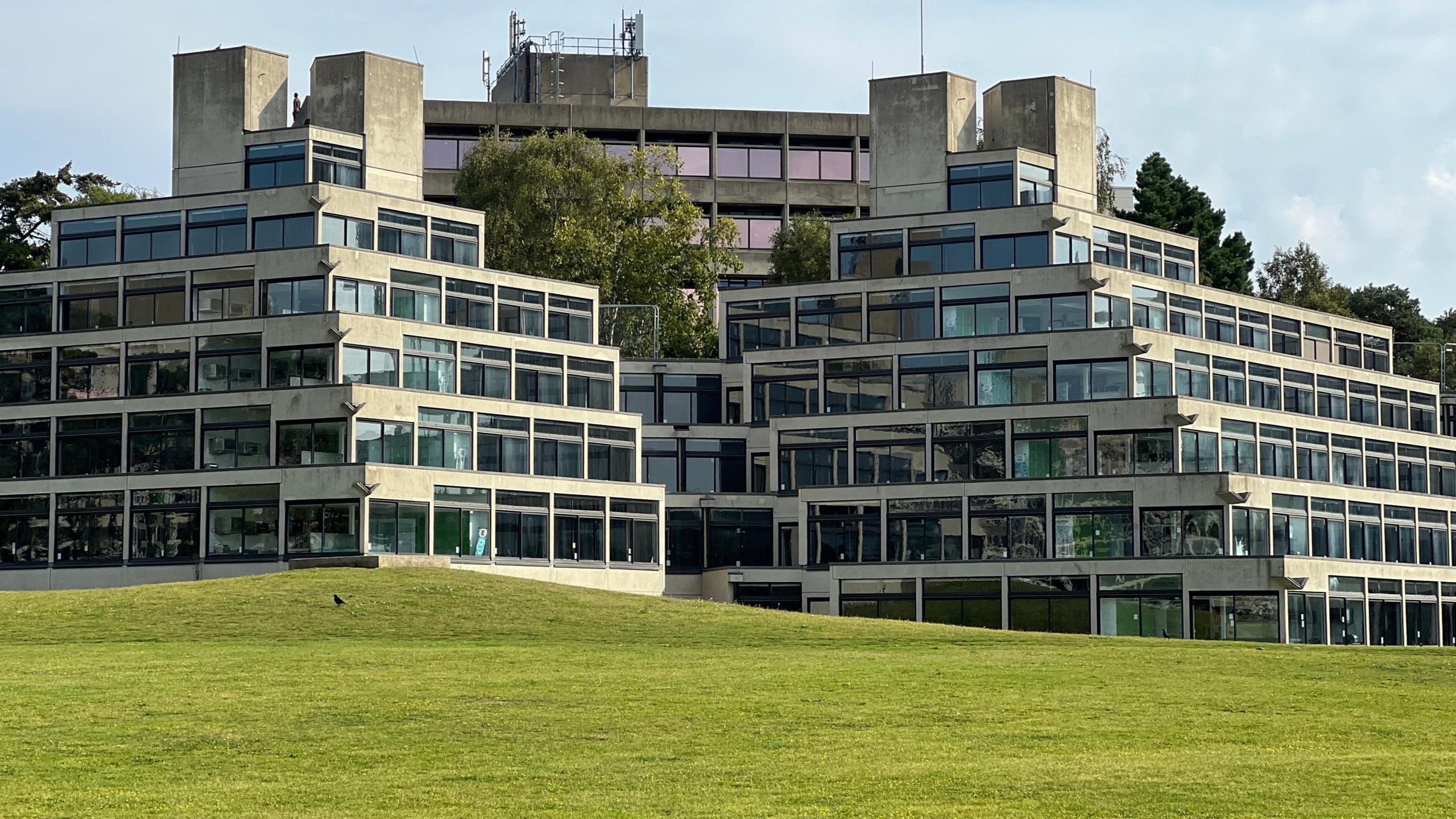
A more recent image of the Ziggurats, taken in 2023
Back at the UEA, Mr Stileman has been sharing the story on the alumni network, external,
He said finding out who the photographer was would be "thrilling" and "absolutely fascinating".
He added although the Ziggurat pictures were badly damaged, "seeing the scratches and obstructions on the negative is quite romantic and makes you think of the actual film itself".
The hunt for the unknown photographer
Photographs of the University of East Anglia's ziggurats turned up on old film found in a market in London.
Related topics
- Published4 June 2024
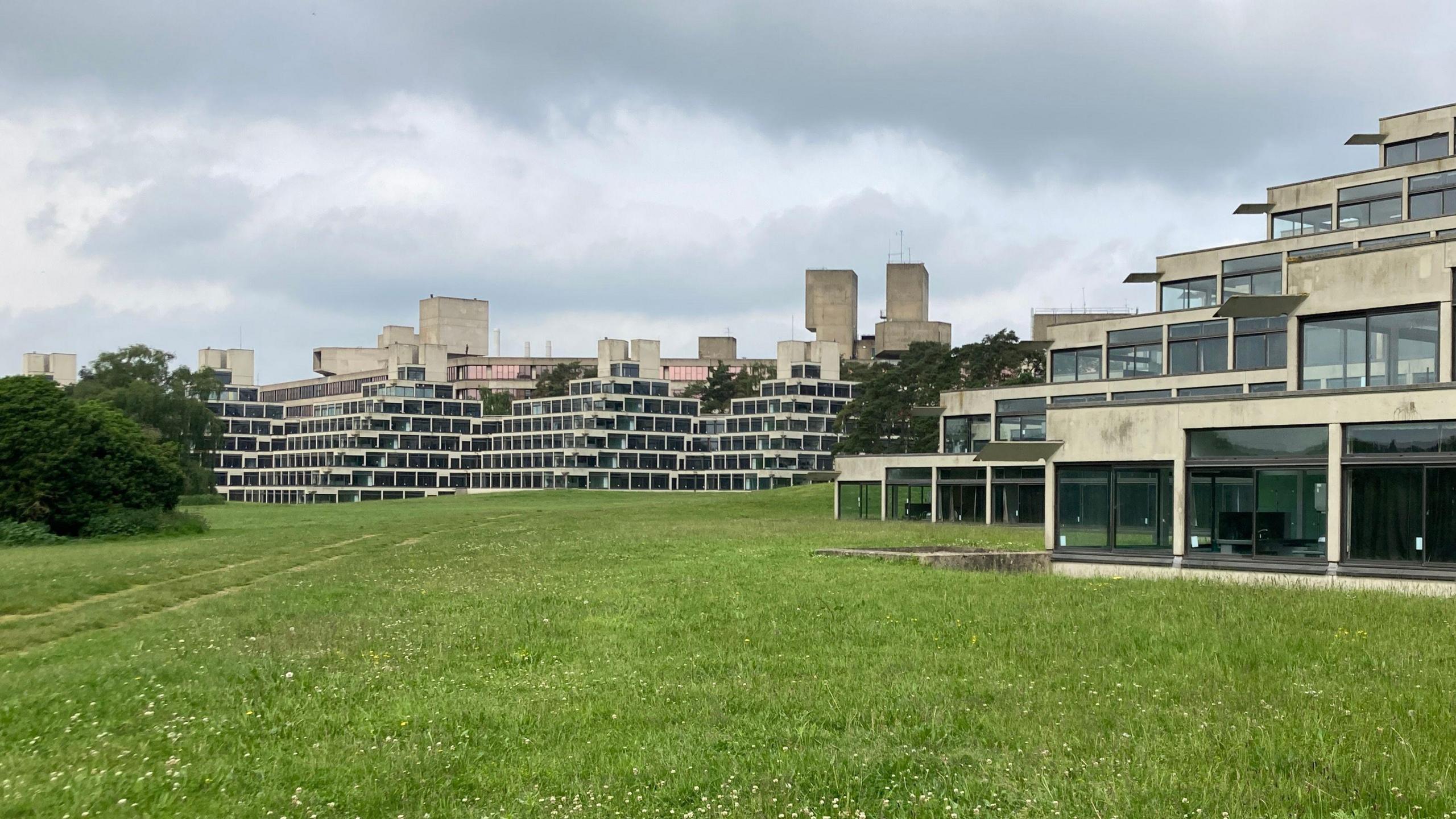
- Published21 November 2023
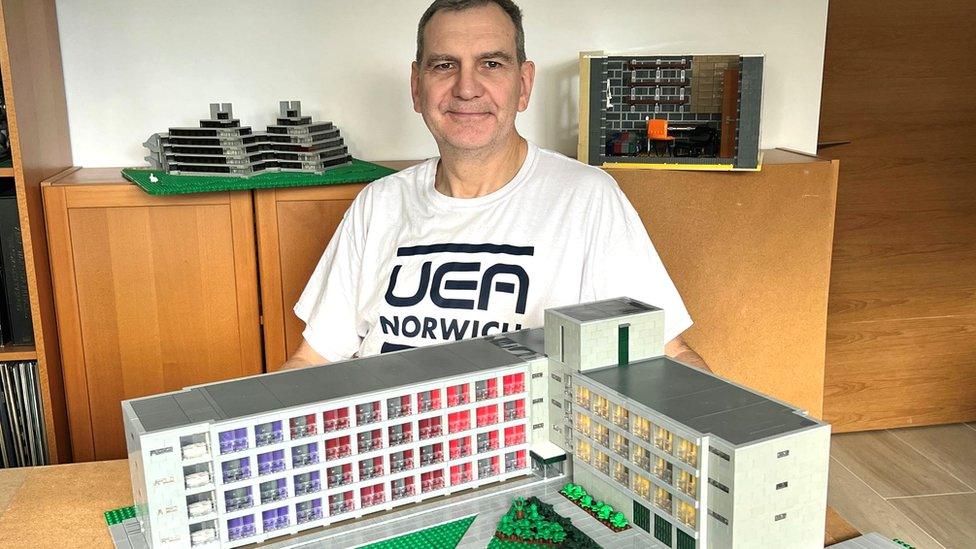
- Published22 May 2020
